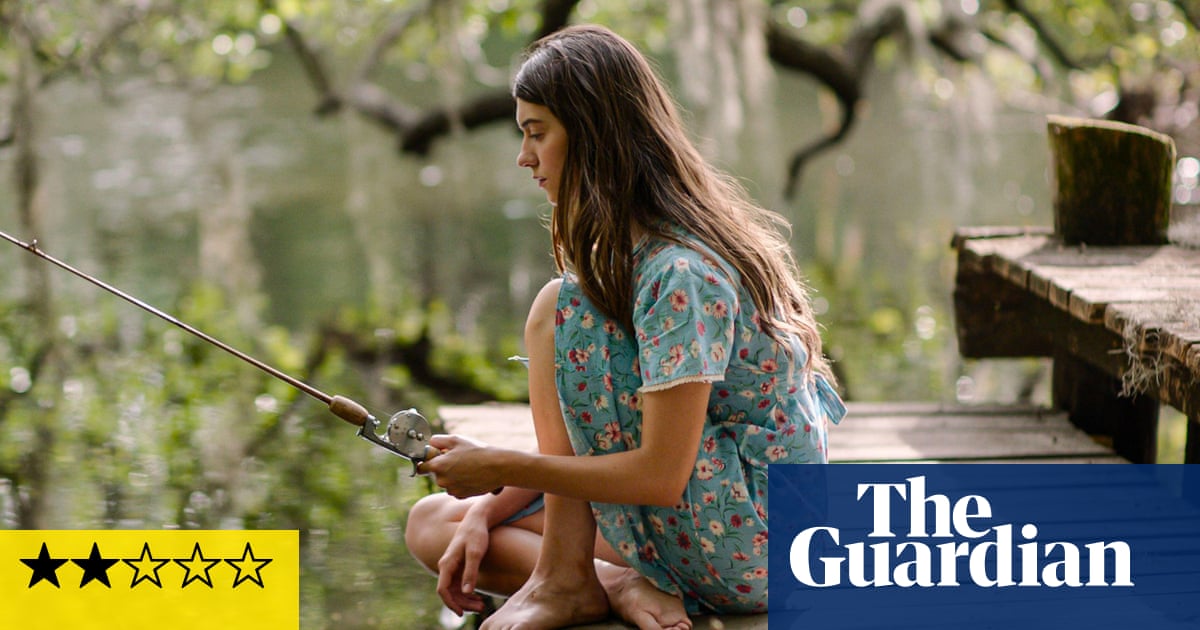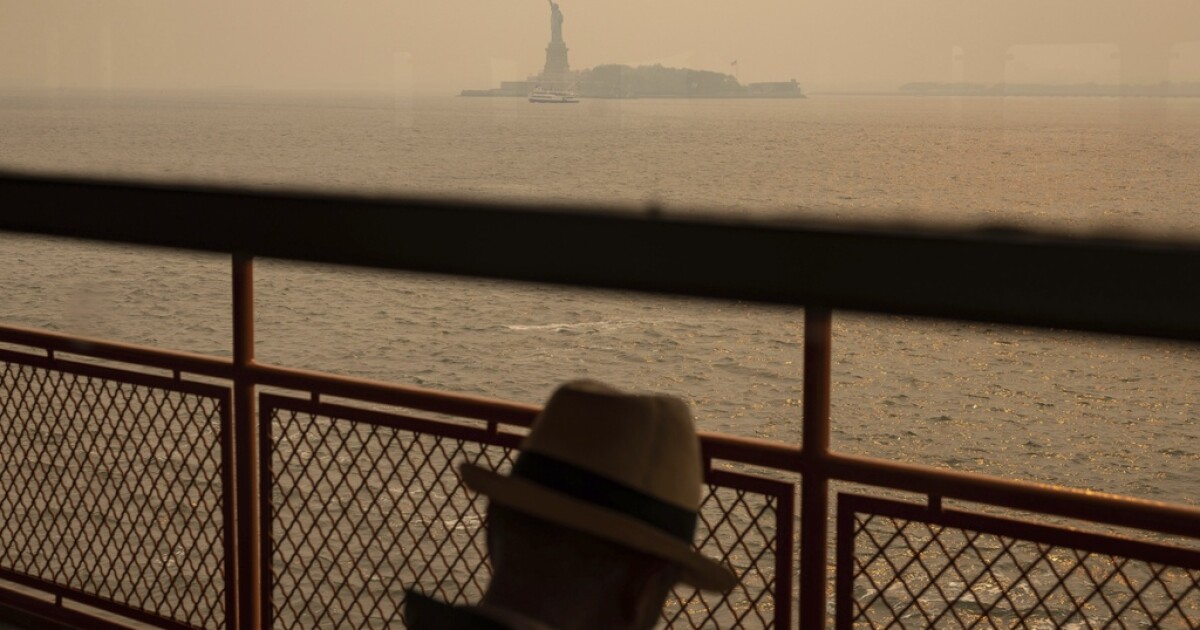
Where the Crawdads Sing review – hit novel crashes on the big screen
Where The Crawdads Sing, the bestselling book of 2019, presents a fantasy of grit and purity: a young white girl, abandoned by her family in the 1950s, learns to fend for herself in a North Carolina marsh, goes from illiterate to acclaimed scientific author without ever abandoning her communion with the land, and finds love as an outcast so suspicious the town assumes she killed her former lover. The debut novel by Delia Owens, a former scientist in her mid-70s known for years of controversial (and possibly violent) conservation work in Africa, offered a seductive blend of romance, murder mystery and feral coming-of-age that, along with a nod from Reese Witherspoon’s book club, helped sell over 12m copies to date.
The Witherspoon-produced film version, directed by Olivia Newman from a script by Lucy Alibar (Beasts of the Southern Wild), faithfully preserves that fantasy for the big screen. Which is to say, a lot of this gutless, often silly, film’s issues are the book’s, beautifully realized and thus reified by trying to make what is essentially a mud-splattered, civil rights-era fairy tale into a lifelike story.
The film, like the book, proceeds on two timelines, the latter being a swampy mystery in 1969: who, if anyone, killed Chase Anderson, the (relatively) rich kid of Barkley Cove, North Carolina, found dead at the base of an old fire tower. Small-town gossip points to “the Marsh Girl”, 24-year-old Kya Clark (Daisy Edgar-Jones), a mysterious object of confusion and scorn who lives alone out in the dense, mostly uninhabited wetlands. Arrested and awaiting trial, a kindly lawyer (David Strathairn), sympathetic to her isolation, draws out Kya’s tale of growing up in the wild, like a folkloric wolf-child.
As a six or seven-year-old, young Kya (Jojo Regina) is abandoned by her mother (Ahna O’Reilly) and older siblings in quick succession – we’re given only a few minutes in an idyllic flashback to know them, so it’s difficult to care about who they are or sympathize with why they left the youngest child alone with an alcoholic, physically abusive father (a menacing Garrett Dillahunt). Skittish, reasonably skeptical of people, and most comfortable alone in the marsh, Kya only lasts a day in school; the other kids tease her as a swamp rat. The film’s portrayal of her poverty is more aesthetic than acute, lest it be actually uncomfortable to watch or she become less sympathetic. Kya is covered in dirt as a child but never remarked upon as smelly, barefoot in an untamed way. We never see her truly starving, and the “shack” in which she lives bears the hallmarks of a genteel existence – books, sofa and pillows, an old radio, boxes of her mother’s fine dresses.
As a lissome, isolated teenager played by Daisy Edgar-Jones, Kya finds connection (and supplies) through Jumpin’ (Sterling Macer, Jr), a general store owner, and his wife Mabel (Michael Hyatt) – kindly black folks who, true to the novel’s sentimentalist roots, do little more than be concerned and kindly to a fellow outsider. With the help of handsome childhood friend Tate (Taylor John Smith), Kya learns to read, to translate her love of the marsh into scientific language, and in the film’s strongest section, to fall in love.
Yet at almost every turn, she is betrayed: by Tate, when he leaves for college without saying goodbye; years later by Chase, when his talk of love and marriage culminates in one disappointing (and accurately rendered) night at a motel and devolves into horrific violation. By the townspeople of Barkley Cove, who are so reluctant to see the intelligent, sensitive young woman beneath the Marsh Girl myth that they suspect her of murder. The final quarter of the two-hour film depicts her brisk, ludicrously simple trial, which only underscores Kya’s pristine innocence and her lifelong commitment to the marsh.

That marsh, filmed in coastal Louisiana, is indeed beautiful – cinematography by Polly Morgan captures vivid sunsets, gliding herons, a maze of waterways transparently worthy of devotion and care. So, too, is Normal People’s Edgar-Jones, who has found somewhat of a niche in supposedly off-putting characters that become, in her hands, doe-like, fragile and magnetic. With her searching, pooled brown eyes, Edgar-Jones can capably play a shy young woman of few words. She breathes life into Kya, particularly in intimate scenes, but struggles to ground the character’s (admittedly confusing) ruggedness; it never makes sense that the town’s No 1 outcast is a thin, conventionally beautiful, quiet and polite white woman.
A braver film would have aimed for actual grit more than the allusion to it, looked to the scabbier (and thus interesting) parts of Kya’s personality, captured a fundamental awkwardness to life outside of human interaction along with an idealized naiveté. Most of all, drawn out darker aspects of Kya’s story that could justify an implausible twist ending that undercuts almost everything that comes before, if you think about it for more than two seconds (this is also a book problem). But Where the Crawdads Sing never really had an interest in complications, or hardship, or racism as anything beyond wallpaper for its central nature girl fantasy of self-reliance. It would rather stay above the fray, gliding prettily along the marsh without actually getting dirty.
Where the Crawdads Sing is out in US cinemas on 15 July and in the UK on 22 July































































